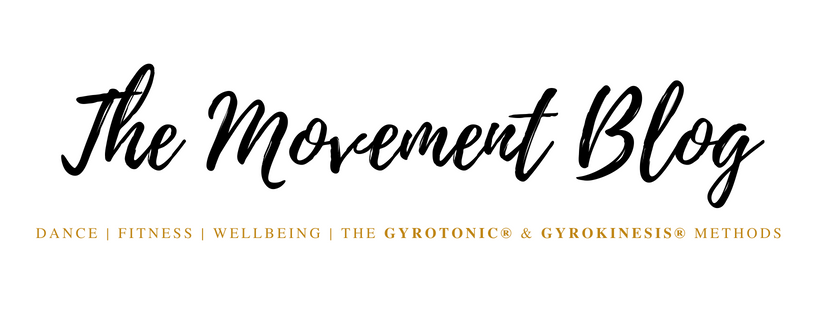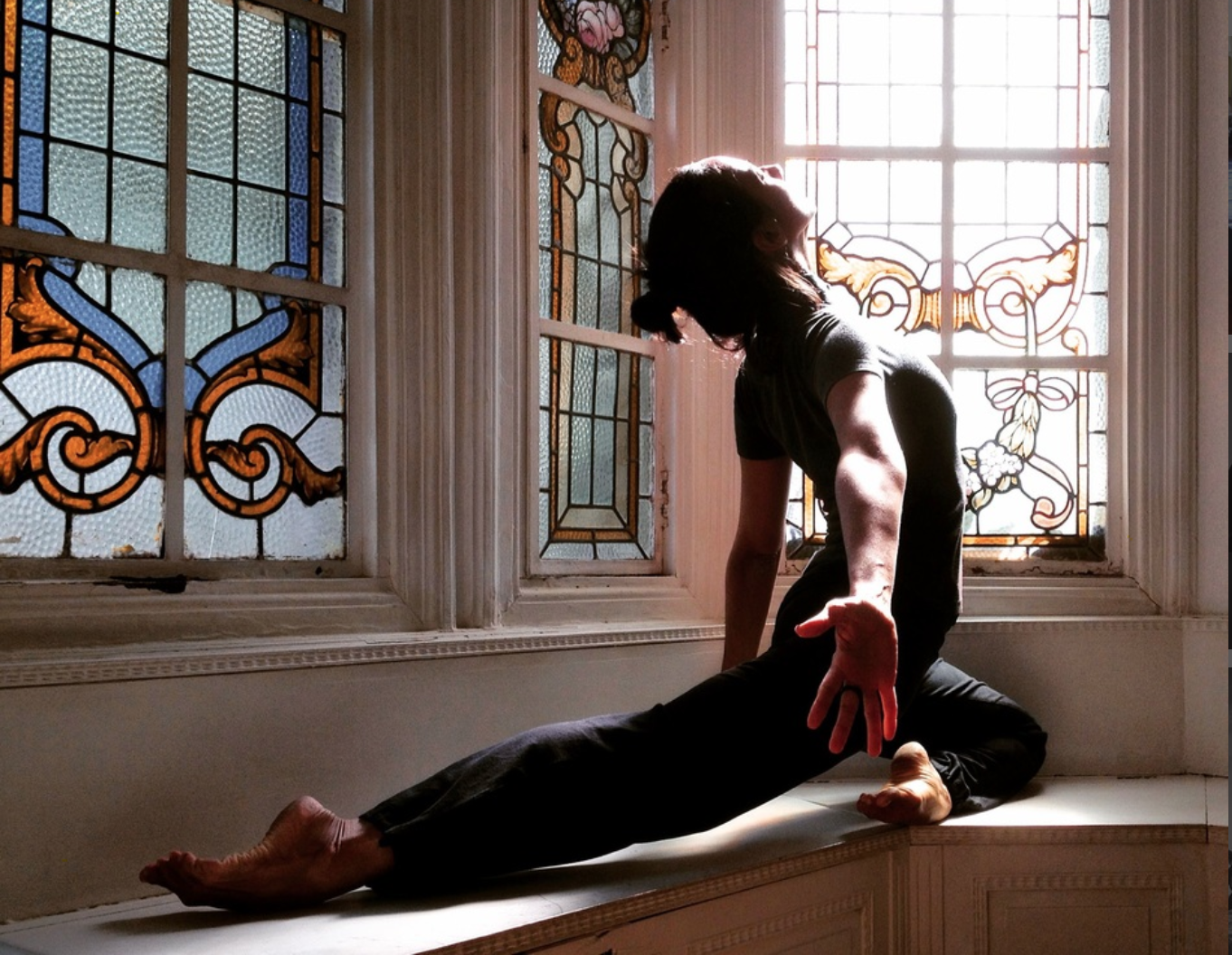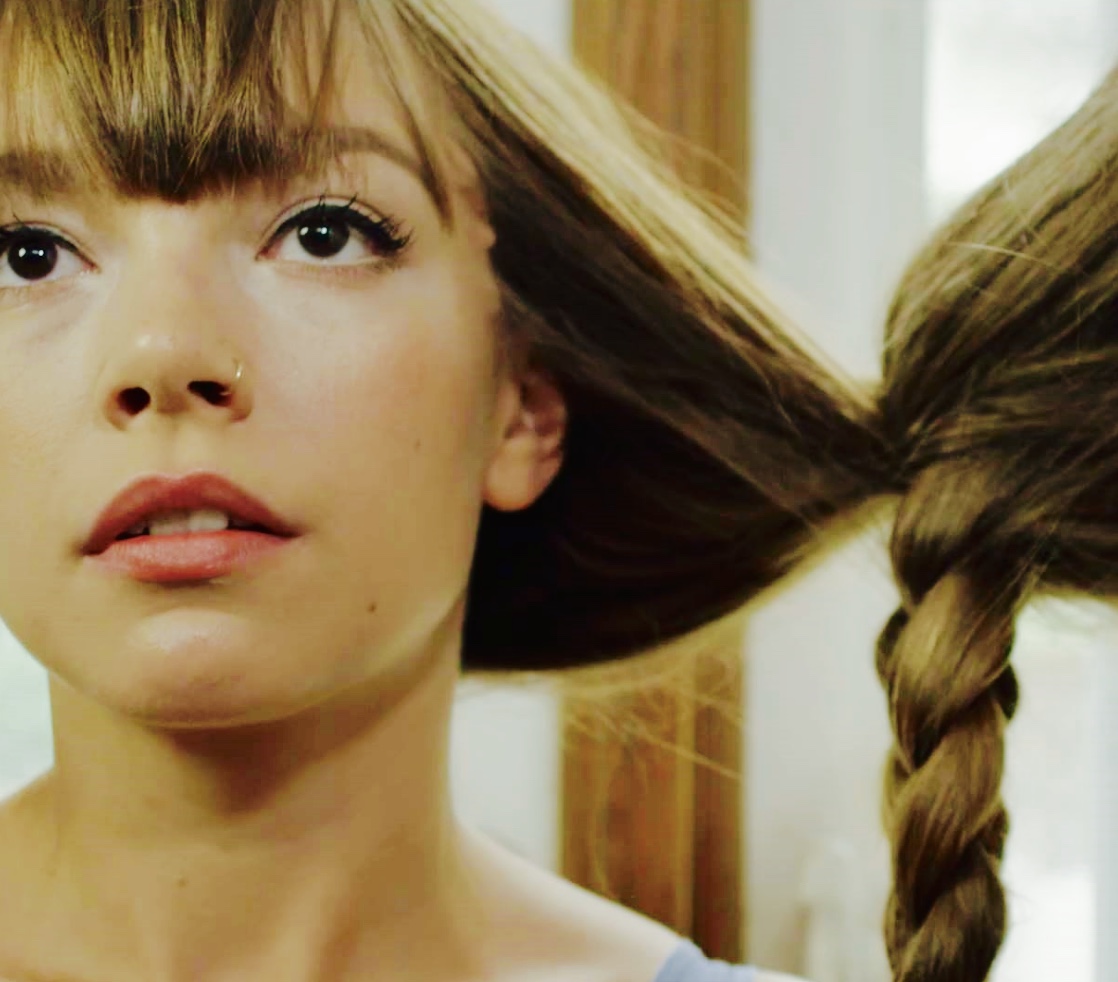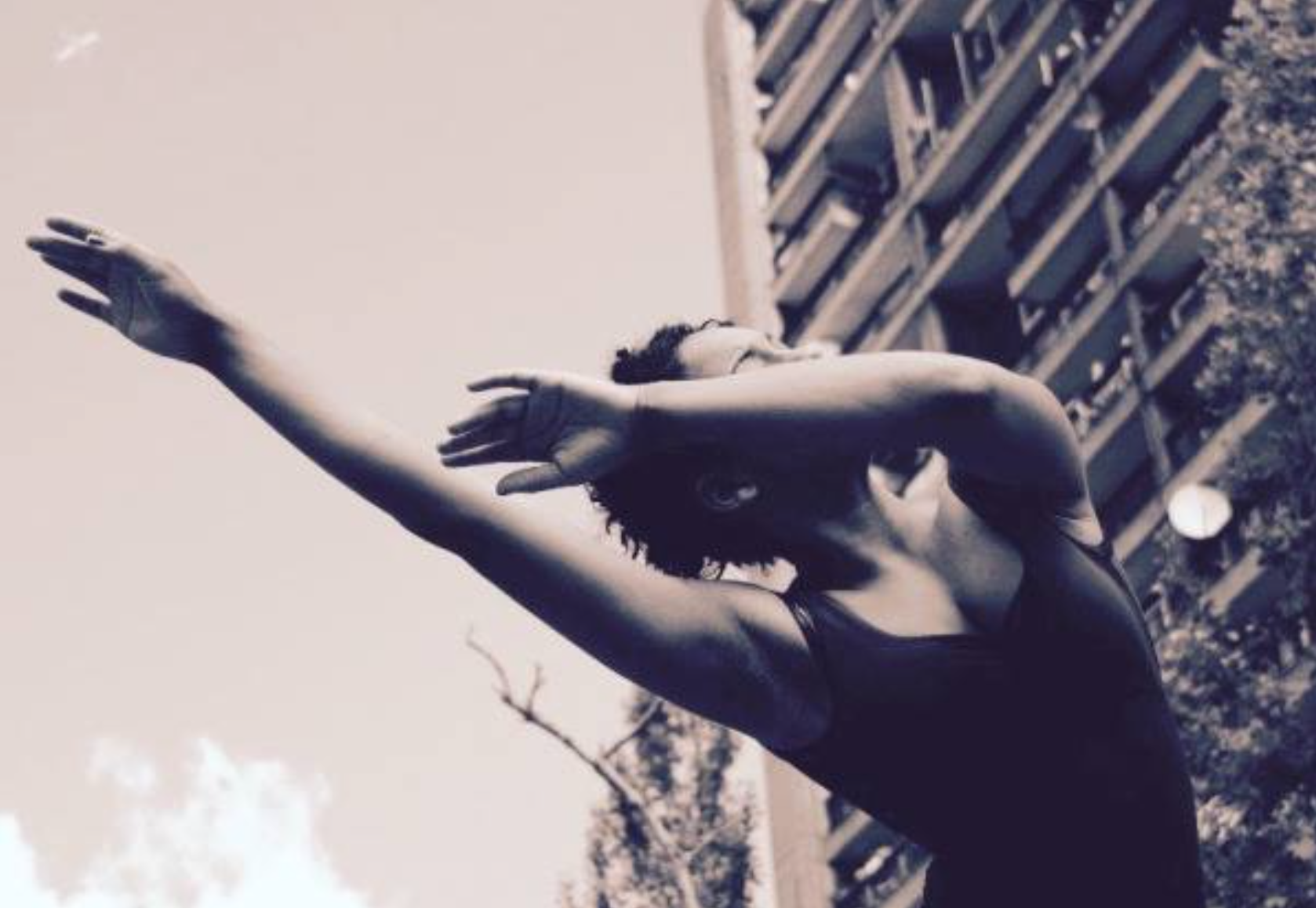I met Tatiana Pará virtually after she responded to a post of mine asking if any other GYROTONIC® trainers have anything interesting to share – and she sure did!
Tatiana is a dancer, teacher, researcher, therapist and somatic educator specialized in the GYROTONIC® and GYROKINESIS® methods. Based in Rio de Janeiro since 2007, she’s dedicated herself exclusively to teaching and researching the GYROTONIC® method, working with renowned actors and dancers in her studio, Studio Tatiana Pará.
She’s currently a Master’s student and researcher at the Postgraduate Program in Dance at the Federal University of Rio de Janeiro. The following is the beginning of her current research focusing on the Gyrotonic Method, Contemporary Dance, Somatics and a Dancers’ artistic preparation.
Sink your teeth into this! Enjoy.
DIALOGUES BETWEEN THE GYROTONIC® METHOD AND CONTEMPORARY DANCE: A SOMATIC APPROACH TO DANCERS ARTISTIC PREPARATION
Tatiana Pará
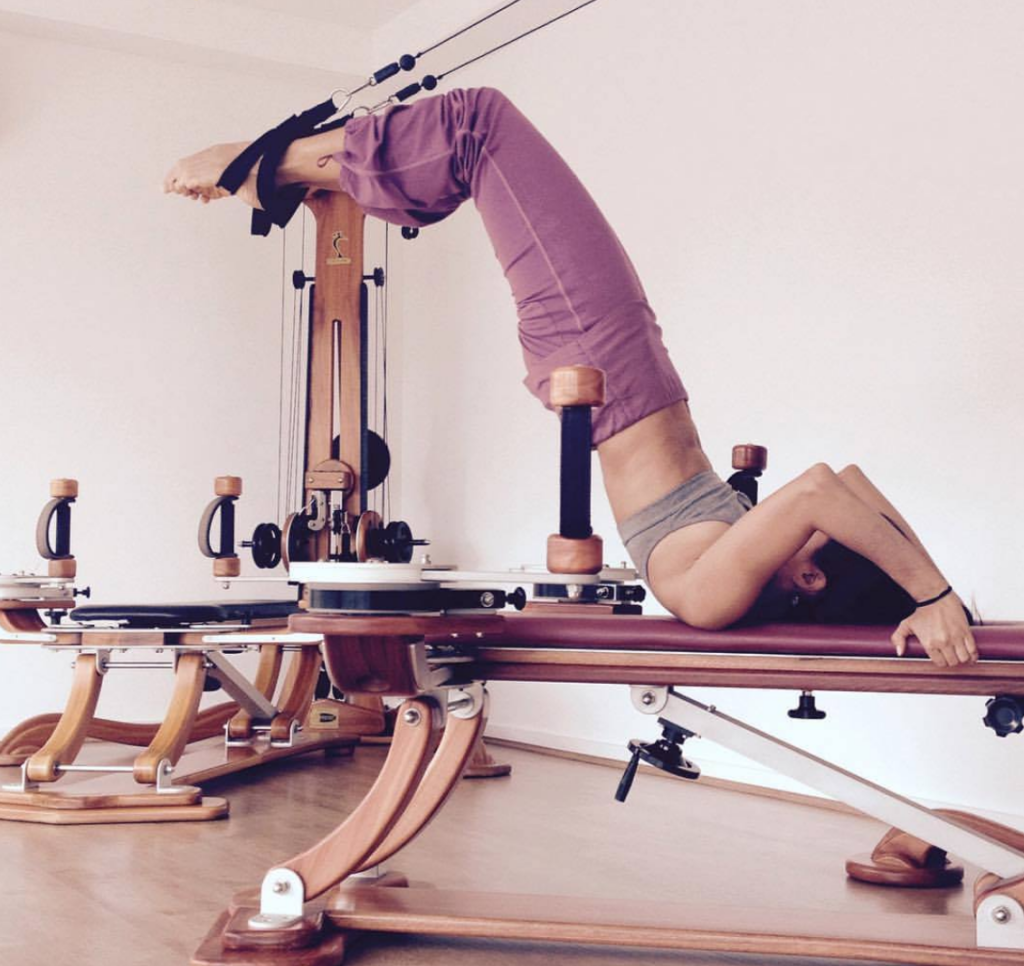
Translated from Brazilian Portuguese to English.
This article is part of my research as a Master’s student in Dance from Federal University of Rio de Janeiro. As a dancer and movement educator for more than twenty years, I have always been interested in how somatic practices could improve my performance, not only regarding the physical aspects, but also as a way to develop artistic skills.
With a strong background in ballet, I began to practice both Gyrotonic and Gyrokinesis methods in 1998. Since then, I became very passionate about how my body could find different ways to move and with an awareness I hadn’t experienced before in the ballet classes. After many years, since I had become both a Gyrotonic and Gyrokinesis teacher, I started to see dancers and actors coming into my classes. I began to feel curious about the reason why they kept coming and how they could apply that experience into their artistic processes.
In my previous researches, before enrolling into the Master’s Program in Dance, I found only a few academic productions regarding the Gyrotonic method. However, I found many on the Somatic Education field. Sylvie Fortin, one of the pioneer researchers in Somatic Education and professor in the Dance department at the University of Québec in Montréal (UQAM), lists three aspects of the Somatic Education that “affect both performers, choreographers and teachers: improving technique, preventing and curing trauma, and developing expressive skills” (Fortin, 1999, p. 41). It’s about the last one that my research intends to investigate.
According to Fortin, the somatic methods should provide a global reorganization of the experience and favor a work that is part of a research on body neutrality and motor versatility. The development of the expressive skills in dance pointed out by Fortin leads us to somatic practices as facilitators for the investigation processes through the body movement. The Gyrotonic method and its holistic approach, with special attention to a three-dimensional awareness of the body and its relationship with gravity and space, can point to a relevant foundation to be considered in the development of the expressive skills of the contemporary dancers.
One of the main aspects of the method is the movement initiated from the pelvis and the spine. Laurence Louppe, historian and dance critic, author of ‘Poetics of Contemporary Dance’, reflects on how the birth of contemporary dance rescues the primacy of the trunk as a supreme center of expression (Louppe, 2012, p.73). Louppe emphasizes that the meaning of contemporary dance consists in the liberation of a body of origin and a long search for a body in the process of becoming (Louppe, 2012, p.83).
According to the author, several somatic practices can facilitate this process. Thus, the Gyrotonic method can offer tools to the preparation of the scenic body, based on the kinesthetic sensations, the opening of perceptual channels and the expansion of the consciousness levels and the motor repertoire of dancers.
In January of 2019, the Dance department of the University of Québec in Montréal released a podcast on the website called “Territoires Partagés” (Flynn, 2019) with testimonials from three artists that take Gyrotonic and Gyrokinesis classes as complementary practices to technical dance classes. The testimonials express some modifications felt by the dancers after the beginning of their experience with the method.
One of the artists remarks that the Gyrotonic practice helped her to focus and to improve concentration levels, as well as allowing her a better awareness about her breathing. Another interviewed dancer reports feeling an opening of her sensory and perception channels, and the development of self, space and relation to the others awareness. She also tells that the practice of the Gyrotonic method has provided her a balance between connecting to her inner self and to the external world, expanding simultaneously her capacity to be present and to be aware of the space that surrounds her.
According to Juliu Horvath (2006), Gyrotonic founder and creator, “the ultimate aim is to be at home in one’s body, to be at one with the nature of oneself, and to experience exercise as a creative and delightful experience”. I understand that “to be at home in one’s body” means to be connect to yourself, to get rid of patterns and to open up to new perceptions and to be able to develop an ability to be present in the experience.
Although my research is still in the beginning, it’s already possible to make some connections between the Gyrotonic method and the artistic preparation of the contemporary dancers. According to Louppe:
The freedom of such and indeterminate body would not have been possible without the body knowledge applied since the beginning of the century, without the observation of the various states of organic tissues in the various areas of the musculature… In other words, this would not have happened without recognizing the countless possible paths, where a wandering awareness explores in depth organic circuits to better extract from them a promise of freedom and not submission.
(LOUPPE, 2012, p. 88)
